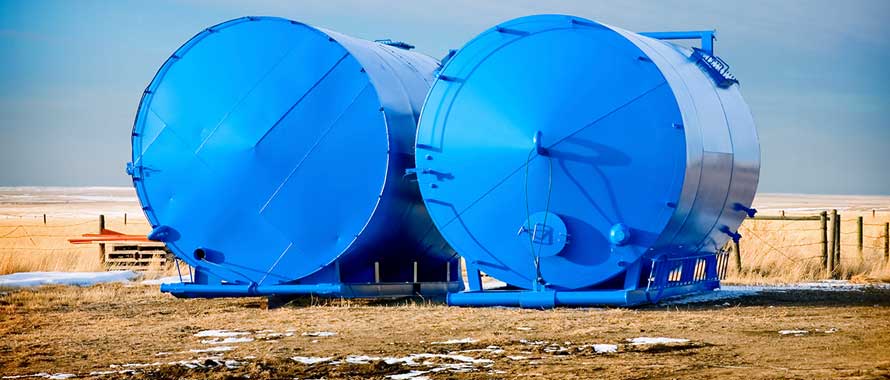Insurance Market Source regularly taps into its network of experts for insight into key trends across the insurance landscape. Kim McGinty, Underwriting Manager, Environmental Center of Excellence, Burns & Wilcox, shares her thoughts on the intricacies and benefits of Environmental Storage Tank Liability insurance.
Q: What does Storage Tank Liability insurance cover?
A: Storage Tank Liability insurance, while applicable to many markets, is mainly considered for commercial clients who sell a petroleum-based product. Insuring a storage tank might sound simple, but there are multiple components of the policy to consider, including first-party environmental cleanup, third-party bodily injury and property damage, and defense costs outside of the limits.
Convenience stores and gas stations have to prove they have the means to clean up a release according to the EPA’s Federal Financial Responsibility Regulations. Storage Tank Liability insurance provides that evidence. The policy is also available to a plethora of other businesses including golf courses, hospitals, airports, car dealerships and assisted living facilities. These types of facilities often have uninsured underground or aboveground tanks with either petroleum or non-petroleum based products. There is a massive population of clients who have tanks without any coverage for a release from those tanks, providing an open opportunity for brokers and agents.
Q: What disadvantages exist with relying on a state fund?
A: There are 36 states that have a state fund available for tank owners. The advantage for the insured is they do not have to buy a policy. The disadvantage for the insured is they will have to apply to the state for cleanup, will go on a waiting list and cleanup will be addressed according to severity. There are many instances where the insured will start a cleanup process while waiting for the state to reimburse them, but this can be costly and may put financial hardship on a smaller company. Brokers should understand that a client’s goal is to get the release cleaned up quickly to resume operations. However, individual states tend to work at their own pace, with some cleanups taking years.
With a standalone environmental policy, clients have a dedicated set of limits and a carrier with claims expertise to help bring their cleanup to closure. Another advantage of a policy is the defense limit. Most tank owners do not consider the potential to be hit with a claim if a neighboring property becomes contaminated. The defense limit will defend the client in court to prove whether or not the contamination actually came from the insured’s location. A state fund will not cover this.
Q: Can a broker obtain coverage for a client whose storage tank is not in use?
A: Storage tanks have to be in use and monitored to qualify for a Storage Tank Liability policy. Monthly monitoring is an EPA requirement. There are often instances where a client purchases a facility that was formerly a gas station, and they look for coverage on an out-of-use tank. Markets, however, consider empty, out-of-use tanks as abandoned, and those tanks need to be pulled from the ground or closed in place per EPA regulations. An intricacy of Storage Tank Liability policies is that storage tanks need to have a release for the insurance to activate. If there is no fuel in the storage tank, then there is no release, and therefore, no mechanism to afford coverage on a policy.
On the other hand, if a client has made a purchase of a facility with tanks that are temporarily empty and their goal is to get those tanks back in service, brokers can work with the owner to get the needed coverage once the tanks are filled and put to use again.
Q: Does storage tank age matter?
A: One of the more impactful trends I am noticing is fewer markets are willing to look at storage tanks that are 30 years of age or older. The policy increase on a tank of this age can jump threefold. This can become sticker shock for brokers and clients alike. In these scenarios, it is not simply a matter of finding a better priced quote. Markets are no longer competing on price to write this business. The goal is to find the insured terms and begin discussions on whether replacing aging tanks is a more cost-effective means of managing their tank exposure.




